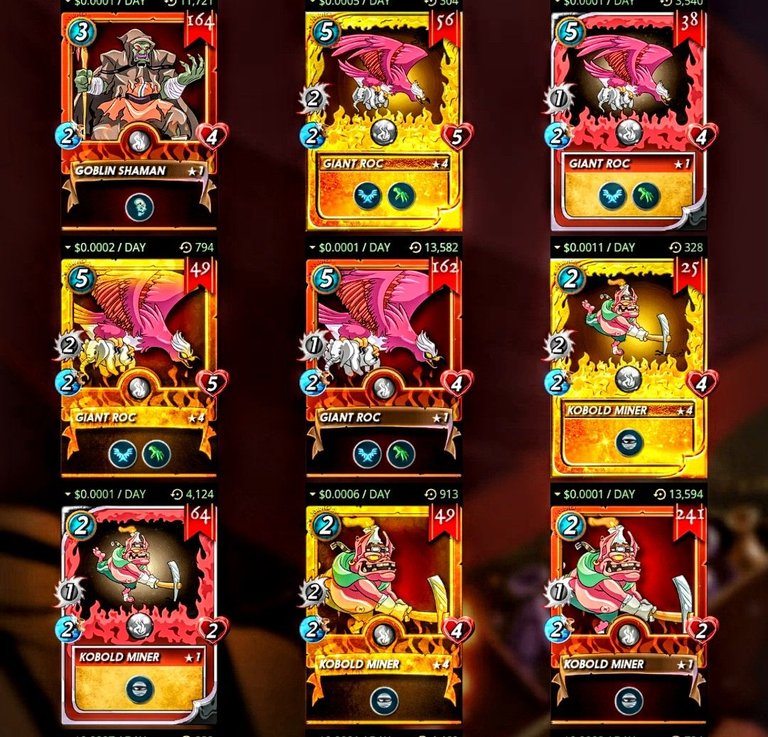
For those that play Splinterlands, we know that the rental market offers a lucrative opportunity for players to generate passive income from their cards. This feature allows players to lease their cards to others for a specific duration(starting from a day), earning rental fees(Dec) in return. Here’s my personal guide on how to leverage the Splinterlands rental market to maximize your investment returns and secure a steady income stream.
Understanding the Rental Market

The Splinterlands rental market operates by enabling players to rent out their cards to other players who might not own them or wish to use them temporarily. This system benefits both parties: renters get access to powerful cards they don’t own, while card owners earn rental income in form of DEC tokens. The market is governed by supply and demand; thus, the more desirable your cards are, the higher the rental income you can potentially earn.
Assess Your Collection
Before diving into renting out your cards, evaluate your collection. Focus on the following:
- Card Rarity and Power: Cards with higher rarity (Rare, Epic, Legendary) and those with strong stats or special abilities generally command higher rental fees.
- Meta-Relevance: Cards that are currently popular or crucial in the meta (most effective tactics available) will have higher demand and rental value.
- Duplicates: Having multiple copies of the same card can be advantageous, as it allows you to rent out several units at once, increasing your rental income OR you could combine them and rent at a higher price, depending on the level.
Set Competitive Rental Prices

Setting the right rental price is crucial. If the price is too high, you might not get many renters; if it’s too low, you may not maximize your income. Research similar cards in the rental market to gauge competitive pricing. Tools like the Splinterlands Rental Market website or third-party analytics platforms like peakmonsters can provide insights into what's best for you.
Manage Your Rental Portfolio
Managing a rental portfolio involves keeping track of rented-out cards in the Items section in Splinterlands, ensuring they are returned in good condition, and adjusting rental prices based on market changes. Consider the following:
- Regular Monitoring: Check your rental listings frequently to adjust prices if needed.
Utilize Rental Income Effectively
The income from renting out your cards can be reinvested in several ways:
- Reinvestment in Cards: Purchase additional cards to expand your collection and increase your rental potential.
- Combining Cards: Invest in upgrading your existing cards to higher levels, which can command higher rental fees.
- Diversification: Consider investing in other in-game assets or even cryptocurrencies to diversify your investment portfolio.
Stay Informed
The Splinterlands market is constantly evolving, with new updates, cards, and meta changes influencing rental values. Stay informed about the latest developments in the game, attend community events, and follow official updates to adapt your rental strategy accordingly.
Using the Splinterlands rental market effectively can turn your card collection into a steady source of passive income. By carefully managing your collection, setting competitive prices, and staying attuned to market trends, you can maximize your investment returns and enjoy a rewarding gaming experience.
Thanks for sharing! - @yonilkar
